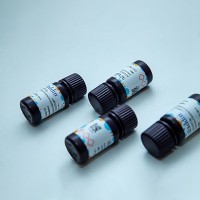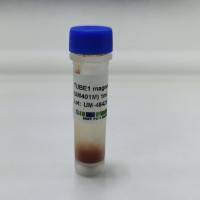Structure-Function studies based on in vitro expression
互联网
互联网
相关产品推荐

羧甲基淀粉钠,9063-38-1,欧洲药典, NF, JP, EtOH-based,阿拉丁
¥239.90

TENT4B/TENT4B蛋白Recombinant Human Terminal nucleotidyltransferase 4B (TENT4B)重组蛋白PAP-associated domain-containing protein 5 Terminal uridylyltransferase 3 Short name: TUTase 3 Topoisomerase-related function protein 4-2 Short name: TRF4-2蛋白
¥1836

Gel-Based Customizable In Vitro E3 Ligase Activity Kit (VU1-HRP)
¥44

Trimethyl-Histone H3 (Lys9) Peptide, biotin conjugate,Histones are basic nuclear proteins that are responsible for the nucleosome structure of the chromosomal fiber in eukaryotes.,阿拉丁
¥3058.90

DAR-4M,A rhodamine-based photo-stable nitric oxide (NO) fluorescent indicator with a detection limit of ~10 nM.,阿拉丁
¥8310.90
相关问答

